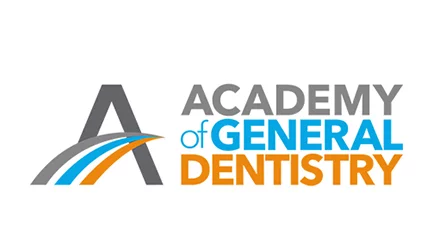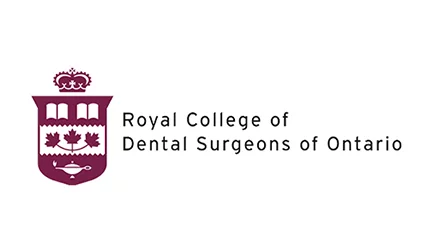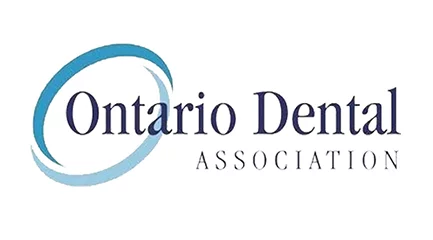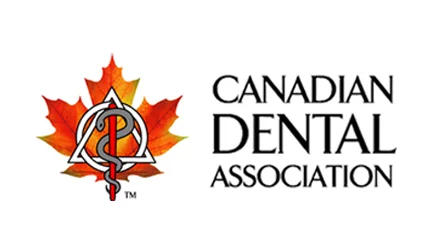NITROUS OXIDE SEDATION
Nitrous oxide sedation, also known as happy or laughing gas, is a non-irritating, non-allergenic gas that directly affects the central nervous system. It is a colorless, non-flammable, and odorless gas and is a combination of nitrous oxide and oxygen. It is one of the safest and most effective forms of sedation available and has few side effects.
Nitrous oxide exerts its effect within 3–5 minutes after inhalation, and the effects of the gas are completely reversible. When inhalation stops, nitrous oxide gets replaced with oxygen, and its effects fade away gradually.
There are numerous benefits of nitrous oxide gas, including:
- Increased comfort
- Reduced anxiety
- Short-term effects
During the dental treatment, the dentists administer nitrous oxide by placing a mask over the nose, allowing the patient to breathe in the gas. As the nitrous oxide begins to work, it induces a state of euphoria and relaxation. The depth of sedation can be induced as required.
One of the main advantages of nitrous oxide sedation is that the patient remains awake and responsive throughout treatment while feeling completely comfortable and relaxed. Nitrous oxide sedation is commonly used in dentistry for young and anxious patients. It helps eliminate or reduce their fear and anxiety issues by allowing the patient to relax during treatment. The flow of saliva and gag reflex is also somewhat decreased.
You can call us at (519) 485-4951 or book an appointment for the treatment of your tooth.
HOW DOES THE NITROUS OXIDE SEDATION WORK?
Nitrous oxide sedation is specifically used for children and patients with anxiety issues, and it keeps them tranquil and relaxed. This gas is inhaled through the nose hood and is mixed with oxygen through a mask that covers your nose while your teeth are exposed for treatment.
The induction of nitrous oxide sedation is controlled by turning the supply of nitrous oxide gas on and off periodically to keep the patients conscious during treatment. Nitrous oxide is a preferred form of sedative in dentistry because of its rapid onset, safety mechanism, and the short period it requires to regain alertness after the completion of the procedure.
Nitrous oxide or laughing gas calms you down during dental treatment, minimizes pain sensations, and allows you to resume daily activities of your day just after getting the treatment.
WHY IS NITROUS OXIDE SEDATION POPULAR IN DENTISTRY?
Nitrous oxide sedation has numerous advantages, which makes it unique and highly preferable in the field of dentistry. It makes complex and painful dental procedures comfortable and easy by minimizing the pain sensations while keeping the patients conscious and aware of their situation.
1. NON-INVASIVE PROCEDURE FOR INDUCTION
The nitrous oxide gas does not require any needles or shots for administration. It is directly inhaled through a breathing mask, which makes it an easy and completely non-invasive procedure. You can absorb the anesthetic through the lungs and quickly feel the effects of sedatives by breathing it normally. Once the mask has been removed, the effects will fade away quickly by simply inhaling and exhaling the oxygen.
2. COMPLETELY SAFE PROCESS
The effects of nitrous oxide sedation wear off very quickly after stopped inhalation, and the patients come back to consciousness, which makes it a completely safe procedure. Generally, the effects of sedation wear off so quickly that a patient is able to drive back to their home by themselves. Moreover, this gas is also completely safe for children and controls their anxiety issues to a great extent.
3. RAPID RESULTS
The nitrous oxide gas enters the bloodstream rapidly, allowing nitrous oxide sedatives and pain-killing properties to quickly reach the body and brain. It stimulates a comforting and euphoric state while keeping the patients awake and conscious of their surroundings.
At Ingersoll Dental Centre, we consider your comfort and convenience our top concern. That’s why we administer nitrous oxide sedatives to our patients during complex dental procedures to comfort them and to make the whole process painless.
We have a team of highly professional and experienced dentists who perform dental procedures with great efficacy and provide patients with long-lasting and effective results. If you are suffering from any dental issues, contact us and get a free consultation session right away by booking your appointment today.
POSSIBLE SIDE EFFECTS OF NITROUS OXIDE GAS
Though nitrous oxide sedation is a safe procedure, it can sometimes exert side effects if administered improperly. The most common side effects of nitrous oxide sedation are nausea and headache. Some severe effects also include a weak immune system, numbness in hands and feet, or memory loss. However, these effects are very uncommon and do not occur with the professional administration of sedatives.










